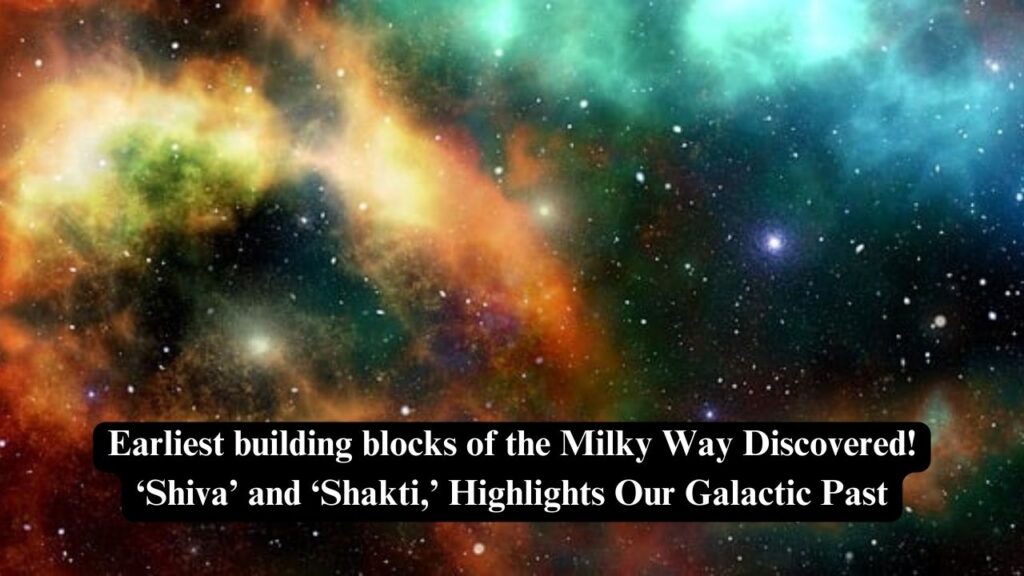Astronomers have discovered two massive star streams, each with 10 million suns, that span large regions of the galaxy. These star streams may represent some of the oldest components of the Milky Way. The galaxy formed by merging smaller galaxies into larger building components throughout its early existence. Khyati Malhan and Hans-Walter Rix of the Max Planck Institute for Astronomy found two of the oldest building pieces. These fragments are proto-galactic remnants that combined with an early Milky Way between 12 and 13 billion years ago. Data from the SDSS survey and ESA‘s astrometry satellite Gaia were used to identify the components.
The earliest building blocks of the Milky Way discovered, Shiva and Shakti, are named after the holy Hindu couple. Their matrimonial union is believed to have brought harmony to the cosmos. The recent research on the two formations was published on March 21 in the Astrophysical Journal. The star streams combined with the early Milky Way 12-13 billion years ago. It fueled the expansion of our galaxy.
How Were The Earliest Building Blocks Of The Milky Way Discovered?
The exceptional capacity to identify old structures in the Milky Way was commended by MPIA astronomer Khyati Malhan. He noted that the identification of stars has been challenging due to changes that have occurred since their formation.
The European Space Agency’s Gaia space telescope has been mapping the Milky Way’s structure and shape since 2014. Using the data from the telescope, the researchers identified the cosmic structures. Gaia’s observations allow astronomers to make connections between star clusters that have similar origins. It aids in the reconstruction of our galaxy’s past.
Over the past years, the Milky Way is estimated to have collided with other galaxies at least a dozen times. Thus bringing new stars into our expanding galaxy with each collision. Several of these collisions have been made public by the Gaia Observatory. This included the merging of the previously undiscovered Gaia sausage dwarf galaxy. It was ingested 10 billion years ago by the Milky Way, giving rise to the bulging core of our galaxy.
Additional Information Regarding The Star Streams
The billions of stars in Shiva and Shakti seem to have significantly influenced the overall structure of our galaxy. Even though they are a little bit farther from the galactic center than previously discovered pieces like the Gaia sausage.
Hans-Walter Rix is the director of the MPIA department of galaxies and cosmology. He detected the first fragments of the Milky Way’s ancient hearts, Shiva and Shakti. The objects, while similar in age, are further apart, indicating the beginning of our galaxy’s expansion towards its current size.
The team’s investigation revealed that Shakti’s stars are more circular and farther from the galactic center than Shiva’s stars. However, both formations contain stars that are incredibly metal-deficient. They don’t have the heavier metals that are formed later in the universe’s history through stellar fusion. As a result, Shiva and Shakti are probably home to some of the Milky Way’s earliest stars. Thus indicating that the newly discovered streams were among the original materials from which the galaxy developed.
With the earliest building blocks of the Milky Way discovered, the team will continue several sky surveys. They will examine Shiva and Shakti to gain a deeper understanding of the current condition of the Milky Way. The Andromeda galaxy is expected to merge with our own Milky Way in approximately 4.5 billion years. Thus marking the next major collision in the galaxy.



